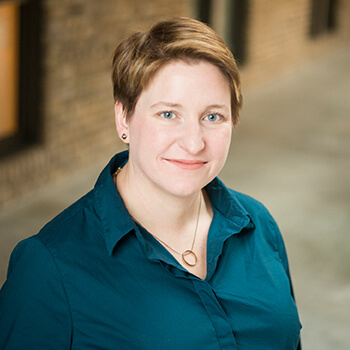The other night I stumbled up to bed at 2:00 am. Don’t worry, this is not going to be a post about my wild and crazy life. No, it’s just one of many nights when I have told myself the little lie that I was just going to stay up a little longer than my husband and the kids for a little bit of time to myself.
WHAT COULD GO WRONG?
The plan was to stay up just until 10:00 pm to read a bit and then go to bed. I would just snuggle under this cozy blanket, on a comfy couch, in a dark, quiet house, after a long day of working and parenting. What could go wrong? Well, somewhere in there I apparently fell fast asleep, and then woke up at 2:00 am to the thought that I’d better drag myself up to bed.
There are all sorts of reasons falling asleep on the couch is not a good plan. One, is that it usually doesn’t help your back or neck pain. I end up with all sorts of weird pains when this happens. Also, falling asleep without intending to is usually a sign that you’re not getting enough sleep. So, I have resolved to do some things to improve the quantity and quality of my sleep over the next year.
WHAT IS SLEEP HYGIENE AND WHY DOES IT MATTER?
As a therapist working with chronic pain and trauma survivors, I have helped a lot of people with their sleep. The first thing I do when I help someone with their sleep is to take a look at their habits surrounding sleep and bedtime, otherwise known as their sleep hygiene. Good sleep hygiene helps set you up for a good night’s sleep so your body can rest and rejuvenate. As someone well acquainted with sleep hygiene, I know exactly what I need to do to get back on track. Here goes my list of habits to brush up on — maybe it applies to you, too:
GO TO BED AND GET UP AT THE SAME TIME EACH DAY.
This is important so your body associates the correct time of day with sleep. I need to be sure to be in bed when it’s my bed time to avoid my couch problem.
AIM FOR 6-8 HOURS OF SLEEP PER NIGHT.
For me, 8 hours is optimal, I think. It’s been a while. For others, this can be different.
BLOCK OUT SOURCES OF LIGHT IN THE BEDROOM.
I have blackout currents in my bedroom because, living in the City of St. Paul, we have street lights. Do I always close them? No. Will I? Yes. That’s something I can commit to. Look around your room — are there little lights from electronics or alarm clocks? Can you cover them up?
EXERCISE IN THE LATE AFTERNOON/EARLY EVENING TO HELP YOUR BODY FEEL READY TO REST AT NIGHT.
That’s not always practical for me, but maybe I can fit in 10 minutes of yoga after the kids go to bed, and then when the weather warms up, it will be nice to run around outside after dinner with the kids or take a short walk.
AVOID ELECTRONICS IN THE HOUR BEFORE BED AND IN THE BEDROOM.
This is because of the blue spectrum light that they emit. That tricks your body into thinking it’s daytime when it is not. This will be a hard one for me, because I do love my late night Facebook scrolling, but it might be a good opportunity to work on the stack of books next to my spot on the couch (as long as it’s not too late at night).
AVOID CAFFEINE IN THE LATE AFTERNOON AND EVENING.
I’m pretty good about this, but sometimes I think chocolate makes a good bedtime snack. That’s probably a habit to try to break.
HAVE A CALMING BEDTIME ROUTINE.
Even something simple like drinking a cup of tea or glass of water, washing your face, and taking some deep breaths as you feel your body relax into bed can be very helpful in setting up signals to your brain that it is time to sleep.
Maybe those are some habits you need to commit to as well. However, there is a difference between knowing something and doing something, as my own struggle demonstrates, but hopefully this time of year can inspire you to take action that will lead to better health and more relaxation.
ABOUT THE AUTHOR
Erin Brandel Dykhuizen, MA, MSW, LICSW is a psychotherapist who offers counseling for adults with PTSD, trauma symptoms, and chronic pain in St. Paul, Minnesota. She also works with individuals via remote, online counseling throughout the state of Minnesota. You can learn more about Erin’s Twin Cities therapy practice at erinbdlicsw.com, or reach Erin by phone at (651) 998-8991.
